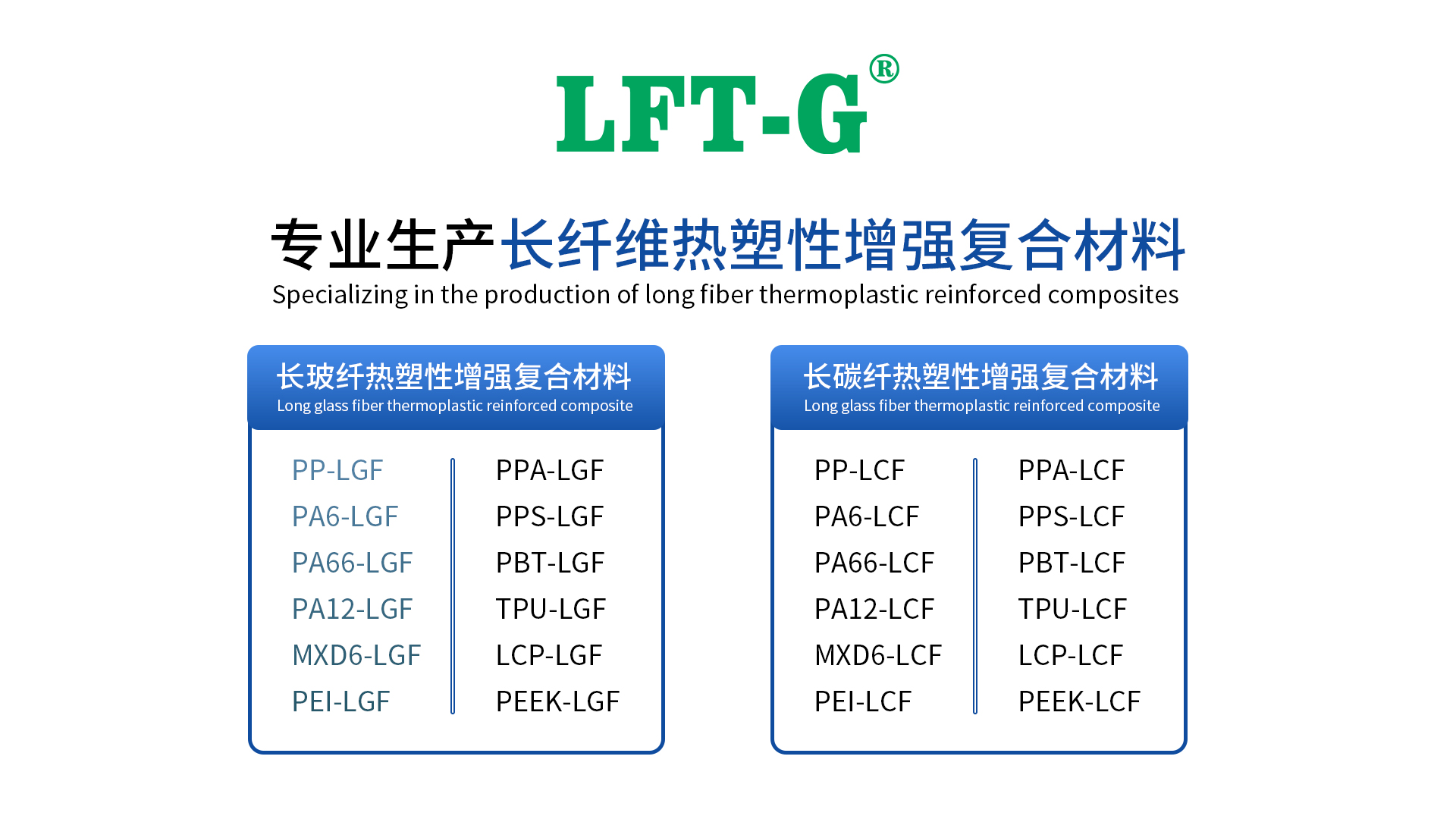new blog
The development of aerospace technology cannot be separated from new materials. The birth of a new generation of aerospace products is usually based on the successful development of a large number of advanced new materials. At the same time, the emergence of these aerospace products has also promoted the rapid launch and application of many new material projects. In particular, polymer materials, as important supporting materials for the aerospace industry, play an important role, including rubber, engineering plastics, special functional fabrics, coatings, synthetic resins, adhesives and sealants, etc.

Special rubber materials
The rubber used in the aerospace field mainly includes neoprene rubber, nitrile rubber, chloroether rubber, ethylene propylene rubber, silicone rubber, fluorosilicone rubber, etc. By function, there are mainly rubber sealing materials, rubber damping materials, thermal and conductive rubber, etc.
Special Engineering Plastics
Special engineering plastics are an important class of materials in the aerospace field, and they are widely used in the manufacture and components of aircraft, helicopters, spacecraft, and other aerospace devices. These plastic materials have many unique properties and characteristics that make them an integral part of aerospace engineering. Aerospace engineering plastics have excellent mechanical properties to maintain structural stability and safety under vibration and high load conditions of aircraft. At the same time, they also have the characteristics of light weight, compared with traditional metal materials, aerospace engineering plastics can effectively reduce the weight of aircraft, improve its fuel efficiency and flight performance. Aerospace engineering plastics also have excellent corrosion and heat resistance, and can operate stably for a long time under extreme environmental conditions. This is critical to the reliability of aircraft in complex climatic conditions such as high altitude, low temperature, high temperature and humidity. In addition, aerospace engineering plastics also have good electrical insulation properties and chemical resistance, which can effectively prevent the effects of electromagnetic interference and chemical corrosion.
Polyamides
Polyamide (PA) is a polymer with a multiple amide bond structure, where the amide bond is formed by a covalent bond between the nitrogen atom in the amide group and the adjacent carbonyl carbon atom. This polymer has a variety of excellent properties such as high strength, high heat resistance, good mechanical properties and chemical stability. In aerospace products, short-cut fiber-reinforced polyamide composites are widely used in the preparation of various substructural components. It is used to make the outer support of the liquid hydrogen-liquid oxygen tank of launch vehicles, which plays the role of load-bearing and heat insulation. In addition, this material is used to make computers, power supply frames, computer printed board frames and other products with light weight, high load-bearing capacity and good vibration damping performance, completely replacing aluminum alloy frames. It can also be used to make supporting products such as electrical protective boxes and coil skeletons.
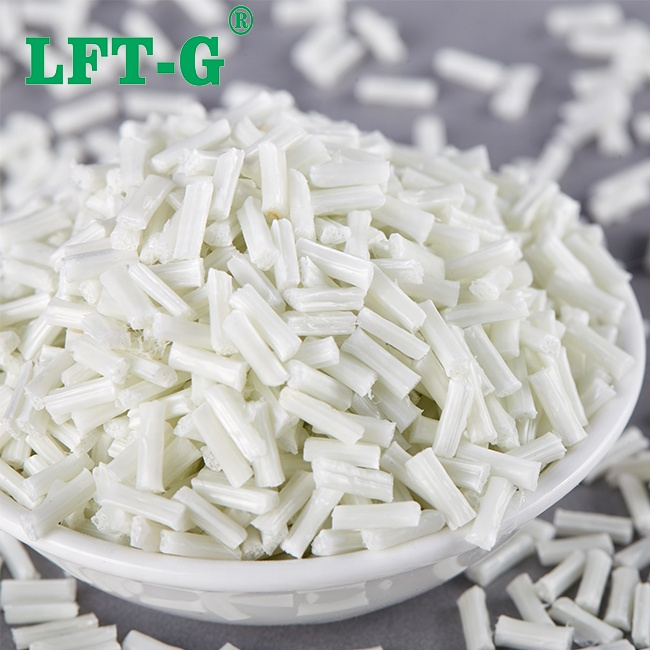
(PA6-LGF)
Polyetheretherketone
Polyetheretherketone (PEEK) is a high-performance thermoplastic polymer consisting of alternating functional groups of ethers and ketones with excellent physical properties and chemical stability. It has a variety of outstanding properties such as high temperature stability, chemical resistance to corrosion, good mechanical strength and stiffness, wear resistance, low coefficient of friction, and good electrical insulation properties.PEEK is able to maintain its physical properties in high temperature environments, with a glass transition temperature of approximately 143°C, and can be used for long periods of time in the temperature range up to 250°C. Carbon fiber/PEEK composites are used in tactical missile tail fins, and PEEK resin is used to make battery slots, bolts, nuts, and rocket engine components for rockets.
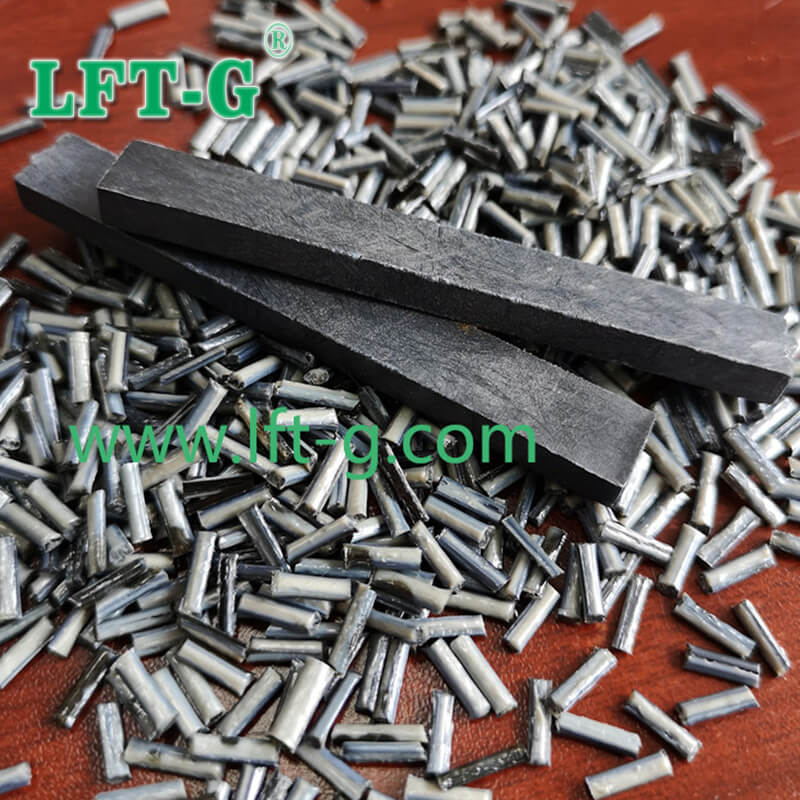
(PEEK-LCF)
Polyphenylene Sulfide
Polyphenylene sulfide (PPS) has a number of outstanding properties. First, it has excellent heat resistance and is able to maintain its physical and mechanical properties in high temperature environments. It has a high melting point of 280°C or more and is not easily softened or deformed. Secondly, PPS has excellent chemical resistance and can resist a wide range of organic and inorganic chemicals, including acids, alkalis and solvents. In addition, PPS also exhibits good mechanical strength and stiffness, good wear resistance, and has excellent electrical insulation properties. In the aerospace field, the application of PPS has also achieved remarkable results. Through the use of fiber-reinforced PPS material, the production of hatches than the metal door weight reduction of about 25%. PPS used in the preparation of rocket inertial guidance shell, instead of the original aluminum alloy shell, significantly reduce weight, improve vibration damping performance to meet the use of the requirements.
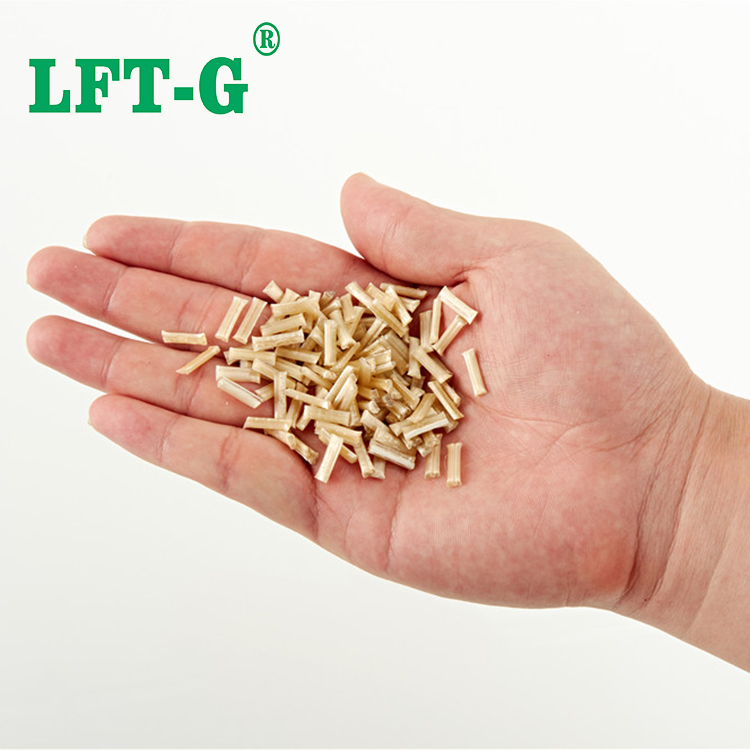
(PPS-LGF)
Polyimide
Polyimide (PI) has outstanding properties. First, it has excellent high-temperature resistance, remaining stable at extreme temperatures with a melting point of over 300°C. Second, polyimide has excellent chemical resistance to a wide range of chemicals such as acids, bases and solvents. In addition, it has good mechanical strength, stiffness and wear resistance, as well as excellent electrical insulation properties. PI plastics can be prepared by molding or injection molding processes for a variety of components, such as brackets, insulating sleeves, washers, nuts, etc. Polyimide (PI) composites can prepare wear-resistant parts, such as hydraulic piston sleeves and low-temperature sealing rings. Filled polyimide materials can make satellite wear-resistant crash pads. Under deep cooling and low temperature conditions, PI has a linear expansion coefficient close to that of aluminum alloy, and can be used as liquid hydrogen temperature sealing sub-materials to meet high pressure sealing needs. Filled materials are widely used to prepare dynamic seals and wear parts, and PI has self-lubricating property.
Polytetrafluoroethylene
Polytetrafluoroethylene (PTFE) is a high-performance polymeric material made from the polymerization of tetrafluoroethylene monomer. It has a variety of unique properties. First, PTFE has excellent high temperature resistance, with a melting point as high as 327°C, and can operate stably in high temperature environments for long periods of time. Secondly, PTFE has excellent chemical stability and is resistant to acids, alkalis, solvents and corrosive substances. In addition, PTFE has good electrical insulation properties and low coefficient of friction, is an excellent insulation and lubrication materials. PTFE has a wide range of applications in the aerospace field, can be manufactured through the wave head cover, bracket, insulating sleeve, gasket, liner, seals and other components. PTFE has a low coefficient of friction, widely used in oil-free lubrication occasions, especially for low-speed, low-pressure sliding conditions. The addition of different fillers can improve the wear resistance of PTFE, used in solid lubricated materials and aerospace products. PTFE has excellent corrosion and aging resistance, and is suitable for sealing special media. It remains elastic and tough under deep cold conditions, so it is widely used in liquid oxygen and other low-temperature sealing needs.
Polymethacrylimide
Polymethacrylimide (PMI), is a lightweight, high-performance foam material. It is made from polyformalimide resin and has many unique properties. First, PMI foam has an extremely low density and is very lightweight. Secondly, it has excellent mechanical strength and rigidity, and is able to maintain stability under high loads. In addition, PMI foam has excellent heat resistance and can remain stable in high temperature environments, typically withstanding temperatures up to 200°C. PMI foam also has good chemical resistance and is resistant to a wide range of chemicals, including acids, bases and solvents. It also exhibits low hygroscopicity, allowing it to maintain stable performance in humid environments. It can be used in applications such as liquid hydrogen-liquid oxygen cryogenic insulation foam for reusable suborbital vehicles.
Special coating materials
Aerospace specialty coatings play a critical role in the modern aerospace industry, where they are used for the protective, aesthetic and functional coating of aircraft, helicopters, spacecraft and other aerospace devices. Aerospace specialty coatings offer outstanding performance and properties to meet the extreme conditions and challenges of the aviation environment. Aircraft are exposed to a wide range of adverse factors such as high altitude flight, climate change, UV radiation, humidity and chemicals. Therefore, aerospace specialty coatings need to be corrosion resistant, heat resistant, corrosion proof, corrosion resistant, UV resistant and chemical resistant to protect the appearance and structure of the aircraft from damage.
Cycloprotective Coating Materials
Aerospace protective coatings are developed to protect aerospace products and equipment for extended storage in terrestrial, marine and space environments. These coatings include triple protection coatings, quadruple protection coatings and multifunctional coatings for nuclear EMP resistance. They are solvent volatile, room temperature curing and easy to apply. With the lightweighting of spacecraft and the widespread use of composite materials, electrostatic buildup has become a problem, hence the need for antistatic coatings for aerospace products. In addition, hydrophobic coatings are characterized by low surface energy and rough structure. The superhydrophobic effect can be achieved by adding hydrophobic agents and creating microprotrusive structures, allowing contact angles up to 139°. Aerospace protective coatings play an important role in protecting the reliability and longevity of aerospace products and equipment, addressing the challenges of different environmental conditions and ensuring their safe operation and long-term storage. The development and application of these coatings provide critical protection measures for the aerospace sector and ensure successful space missions.
Stealth Absorbent Protective Coatings
Stealth-absorbing protective coatings are used to harden and counter-identify products by coating structures or materials on surfaces with special acoustic, optical, electrical, magnetic and kinematic properties. It mainly covers stealth, nuclear and laser resistant coating materials. To reduce the detectability of targets, researchers have conducted research on radar-absorbing stealth coating materials and infrared stealth coating materials to reduce the reflective properties of targets to radar waves and infrared radiation, respectively. For laser-resistant coatings, studies based on the principles of ablative thermal protection and reflection were conducted. Through the above studies, stealthy wave-absorbing protective coatings can provide important functions to effectively reinforce products and reduce their likelihood of detection to ensure the safe operation of spacecraft under various environmental conditions.
Heat-resistant coating materials
Existing aerospace heat-resistant coating systems mainly include silicone resins, epoxy resins and phenolic resins. Among them, silicone system has excellent ablation resistance and thermal insulation performance, as well as good elasticity and long-term stability. Since silicone is a non-carbon forming material, it is easy to match with radar, infrared and other wave absorbing stealth coatings. However, silicone coatings have poor adhesion properties and are not suitable for strong heat flow or strong aerodynamic washout environments. Epoxy resin, although less heat resistant and its coating is not as effective as silicone in heat insulation, has excellent bonding power. The coatings made have strong adhesion and tight bonding, so they show good performance in protection against strong hot airflow scouring.
Thermal control coating materials
Thermally controlled coatings are mainly used on the surfaces of space vehicles and various instruments and equipment to control the surface temperature by adjusting the solar absorption rate and thermal radiation rate of the coatings to ensure that the internal structure of spacecraft and instruments and equipment work properly within the appropriate temperature range. These coatings are critical to the reliability and longevity of spacecraft. With the development of space technology, new spacecraft tend to develop in the direction of complex structure, miniaturization of size, diversification of functions and large electrical power, etc. Traditional thermal control coatings with a single solar absorption ratio and emissivity can no longer meet the demand. In recent years, intelligent thermal control coatings based on phase change and electrochromic principles have been researched and developed. By adjusting factors such as material thickness and doping acid type, the range of emissivity can be effectively improved, and the technology presents good application prospects.
Special adhesives and sealants
Aerospace specialty adhesives play a key role in aerospace engineering, where they are essential materials for joining aircraft components, heat sealing and structural bonding. With excellent resistance to high temperatures, corrosion and ablation, aerospace specialty adhesives provide reliable bonding and sealing in extreme environments. Aircraft component joints and windows are exposed to complex operating conditions such as high temperature, high pressure and vibration, and therefore require excellent bonding performance and durability.
Thermal protection layer bonding adhesives
Spacecraft need to resist high temperatures during high-speed flight, so the surface of their structural shell is usually coated with a thermal barrier. The difference in the coefficient of linear expansion of the material between the structural shell and the thermal barrier requires the use of adhesives for the connection. For this purpose, thixotropic epoxy resin adhesives for bonding of large parts sets, flowable adhesives for bonding of general parts, and epoxy resin adhesives for gap filling have been developed. These adhesives can be cured at room temperature and have good three-proof performance with a storage life of more than 10 years. At the same time, the developed rubber-modified epoxy adhesive can be used safely at 110℃ and has excellent aging resistance. In addition, the developed epoxy polyamide type adhesive can be used safely at 120℃.
Heat-resistant protective sealing adhesive
The problem of localized heat protection and sealing bonding needs to be solved at component joints and windows of flight vehicles, etc. For this purpose, phenolic resin adhesives with excellent properties have been developed. When used for bonding glass fiber/phenolic composites, the adhesive achieves a shear strength of ≥20 MPa at 300°C and can withstand temperatures of up to 500°C for a short period of time. Due to the large difference in the coefficient of linear expansion between the materials, the silicone rubber adhesive sealant with good ablation resistance is usually used. To improve bonding strength, silicone rubber adhesives are often used in conjunction with silane surface treatment agents. In the aerospace field, silicone sealants are widely used. Many aerospace products need to have the sealing ability to withstand 300°C for a long period of time, 400°C or more for a short period of time or even 1,000°C or more for an instant. The development and application of these bonding and sealing materials provide key support for technological advances in the aerospace field.
Low Temperature Resistant Adhesives
Low temperature resistant adhesives are adhesives specifically designed for use in extremely low temperature environments. These adhesives have excellent low temperature performance and cold resistance properties to maintain bond strength and reliability in extreme low temperature conditions. Low temperature resistant adhesives typically maintain their performance at -253°C (liquid nitrogen temperature) or lower. They are widely used for bonding and sealing equipment and components in aerospace, aviation, military, and polar science. These adhesives resist the brittleness and deformation caused by low temperatures, ensuring the stability and durability of the bonded joints. These low temperature adhesives maintain good performance and bond strength in extreme low temperature environments.
Other functional adhesives
Thermally conductive adhesive is an adhesive with good thermal conductivity and insulation properties, mainly used for bonding between sensors and the inner walls of temperature measurement parts. It can be used in the temperature range of -40°C to 150°C and maintain thermal conductivity. The use of thermally conductive adhesive helps to conduct heat and improve the accuracy and responsiveness of the sensor. Conductive adhesive is a conductive adhesive designed for noise sensors. It can be used over a temperature range of -40°C to 150°C and has conductive properties. This adhesive provides a reliable conductive connection that contributes to the accurate measurement of noise sensors. Oil resistant sealing bonding is usually done with epoxy-polysulfide adhesive, which maintains good bond strength when used in oil and does not degrade due to oil contact. This adhesive can provide reliable sealing performance in different oil environments, ensuring the reliability and durability of aerospace products. High-temperature oil-resistant adhesives have good bonding strength to a wide range of materials. Waterproof adhesives are mainly used for potting electrical connectors, cable ends and plugs, circuit boards and other electrical components in aerospace products that need to be waterproof, mainly to prevent damage to electronic components from moisture and other environmental factors.
Aviation Reinforced Fabrics
In aerospace engineering, material selection is critical, especially in the area of aerospace reinforced fabrics. Aeronautically reinforced fabrics are composite materials with special structures and excellent properties that are widely used in aircraft, spacecraft and other aerospace devices. These fabrics play an important role in the aviation field with their light weight, high strength and excellent mechanical properties. Aerospace reinforced fabrics use high-performance fiber materials as reinforcements, such as carbon fibers, glass fibers and aramid fibers, which are combined with a resin matrix to form composites. Such composites not only have excellent strength and stiffness, but also have outstanding heat resistance, corrosion resistance and fatigue resistance. They can withstand extreme environmental conditions such as high temperature, high pressure and severe vibration, and maintain structural integrity and stability and are widely used in the manufacture of aircraft fuselages, wings, rudder surfaces, landing gear and other components, not only to reduce the weight of aircraft, improve fuel efficiency, but also to improve the flight performance of aircraft.
Polyester fabric
Polyester is the trade name of polyester fiber in China, and is also an important species of synthetic fiber. Polyester has many excellent properties. It has high strength, good elasticity, heat resistance, insulation, abrasion resistance and corrosion resistance. Therefore, polyester is often used to enhance the abrasion resistance and mechanical strength of polymer products in the aerospace industry. However, polyester also suffers from poor dyeability and moisture absorption, but it has good color fastness and does not fade easily. Due to these properties, polyester fabrics are widely used in the aerospace field, especially for application scenarios that require high strength and abrasion resistance.
Aramid Fabrics
Aramid fiber is an aromatic polyamide fiber whose molecular structure consists of aromatic and amide groups that form a linear polymer. This fiber has excellent mechanical properties and a stable chemical structure, with outstanding properties such as ultra-high strength, high modulus, high temperature resistance, acid and alkali resistance, light weight, and abrasion resistance. As a high-strength synthetic fiber, aramid has excellent heat and chemical resistance and tensile strength. Aramid fibers are widely used in the aerospace industry, mainly to enhance the high temperature resistance and mechanical strength of polymer products. By introducing aramid fibers, the performance of polymer products, especially the high temperature resistance, can be significantly enhanced. Its excellent mechanical properties and chemical resistance make aramid fabrics an ideal reinforcement material for aerospace products that need to withstand high temperature environments and high strength requirements.
Nylon Fabrics
Nylon is a synthetic fiber, also known as polyamide fiber. Its high strength, abrasion resistance and excellent elasticity properties have given it an important place in the textile sector. The synthesis of nylon was a major breakthrough in the synthetic fiber industry and an important milestone in the development of polymer chemistry. The greatest advantages of nylon fiber are its strong and wear-resistant properties, low density, light fabric, good elasticity, and resistance to fatigue damage. It has good chemical stability and good resistance to alkaline substances. However, the nylon fabric has poor sunlight resistance, and prolonged exposure to sunlight will lead to color yellowing and strength loss. In addition, nylon fibers have poor moisture absorption, although it is improved compared to acrylic and polyester. Nylon fabrics are suitable mainly for internal mechanical reinforcement of aerospace polymer products.
Carbon Fiber Composites
Carbon fiber is a high-strength, lightweight material made from carbon fiber bundles or yarns. Carbon fibers have excellent strength, stiffness and corrosion resistance, as well as a low coefficient of thermal expansion and excellent electrical conductivity. In the aerospace industry, carbon fiber composites are commonly used to make structural parts for aircraft, conductive materials and aircraft fuel tanks.
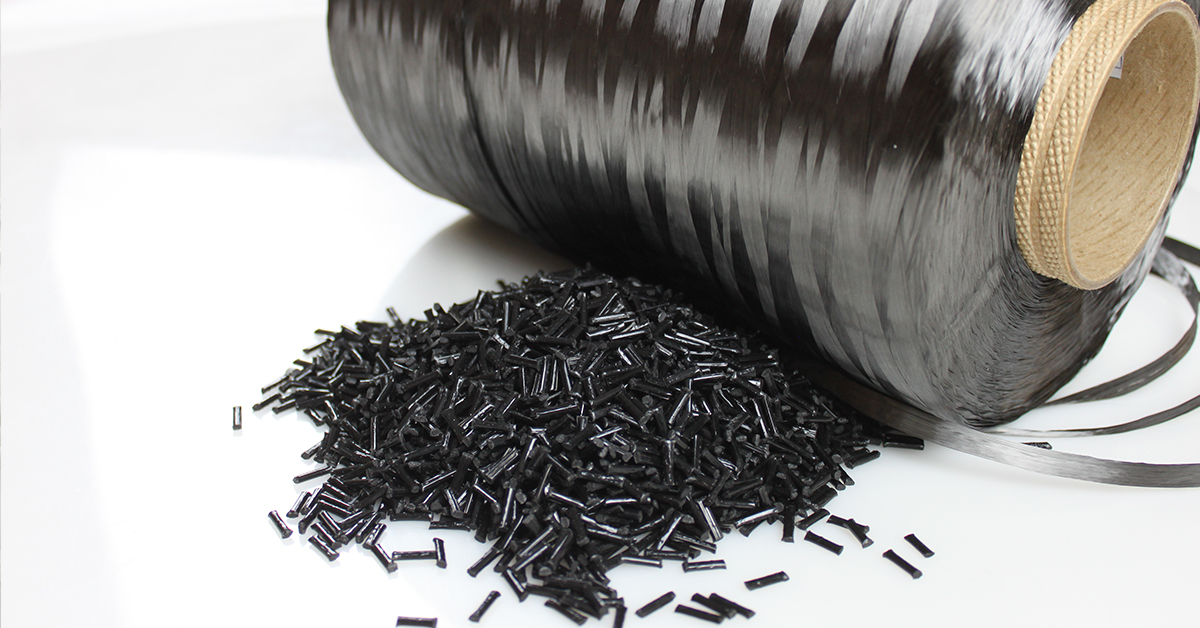
Xiamen LFT composite plastic Co., Ltd.
Xiamen LFT composite plastic Co., Ltd. is a brand-name company that focuses on LFT&LFRT. Long Glass Fiber Series (LGF) & Long Carbon Fiber Series (LCF). The company's thermoplastic LFT can be used for LFT-G injection molding and extrusion, and can also be used for LFT-D molding. It can be produced according to customer requirements: 5~25mm length. The company's long-fiber continuous infiltration reinforced thermoplastics have passed ISO9001&16949 system certification, and the products have obtained lots of national trademarks and patents.
